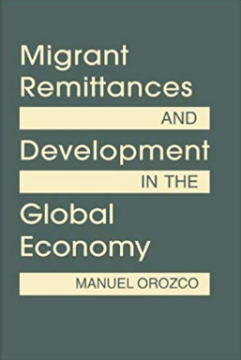The Earthquake’s Impact on Remittances
The earthquake in Haiti has exacerbated an existing distress during the international recession and increased uncertainty of what to do and how to help.
Remittances constitute a major economic force in Latin America and the Caribbean, where they are estimated to have grown 4% in 2014, reaching at least $62.3 billion in 2014. In light of this growth, remittance trends, such as growth above 7% for Mexico and changes in policy toward Cuba, have important implications for national development in Latin America and the Caribbean.
Many households in the region rely on remittances, along with a few other sources of income, to help cover expenses related to food, housing, education, and health. That remittances enable them to cover these important areas is no doubt positive. It is also important to consider how remittances can build prosperity among households and communities throughout the region. Part of the answer lies in access to usable, reliable, and affordable remittance and financial services.
The earthquake in Haiti has exacerbated an existing distress during the international recession and increased uncertainty of what to do and how to help.
How do patterns of migration and remittances differ across regions? What kinds of frameworks support the contributions of remittances to local development?
On February 24th, the Inter-American Dialogue held its annual event on Remittances to Latin America and the Caribbean.
 Jorge Gobbi-Flickr / CC BY 2.0
Jorge Gobbi-Flickr / CC BY 2.0

